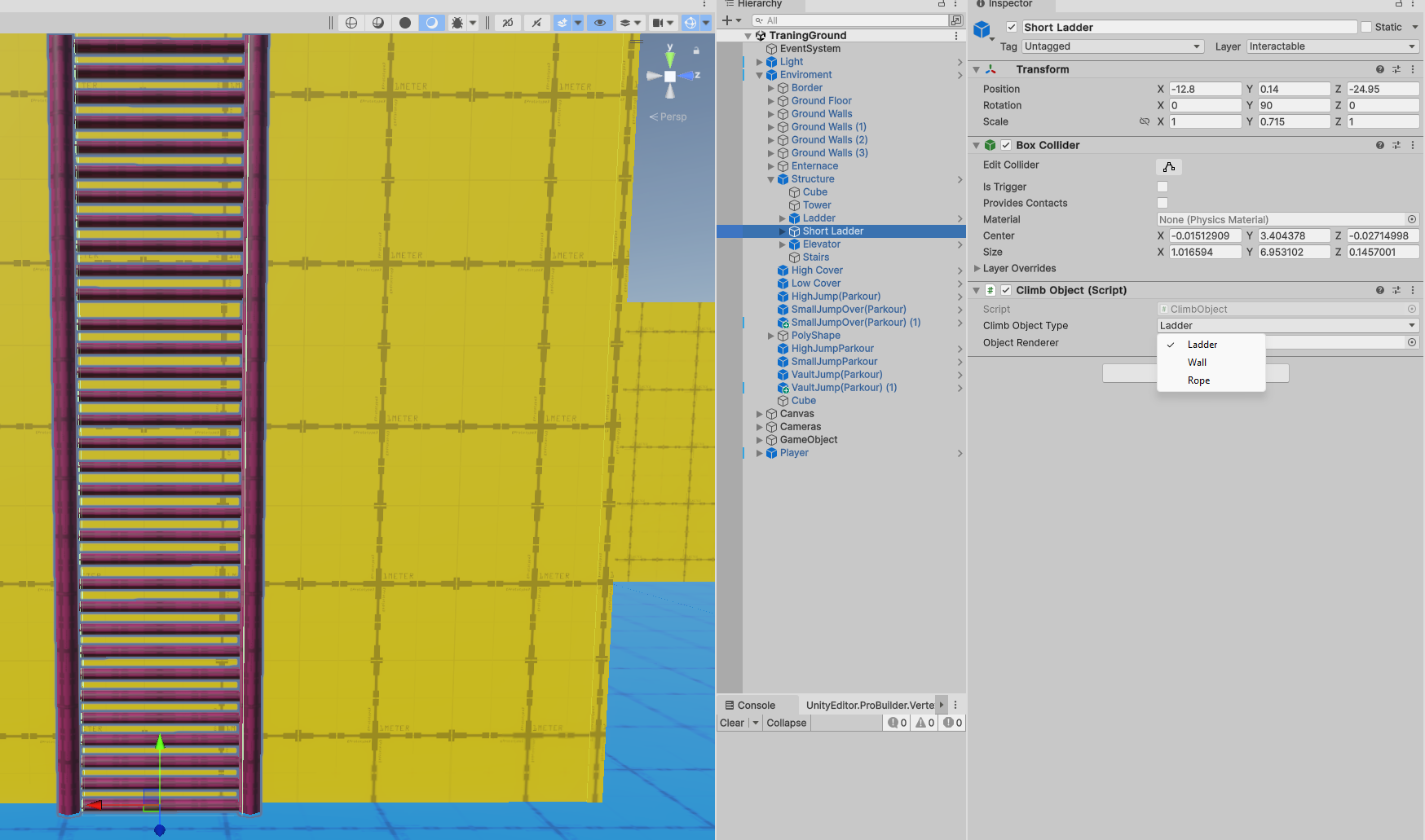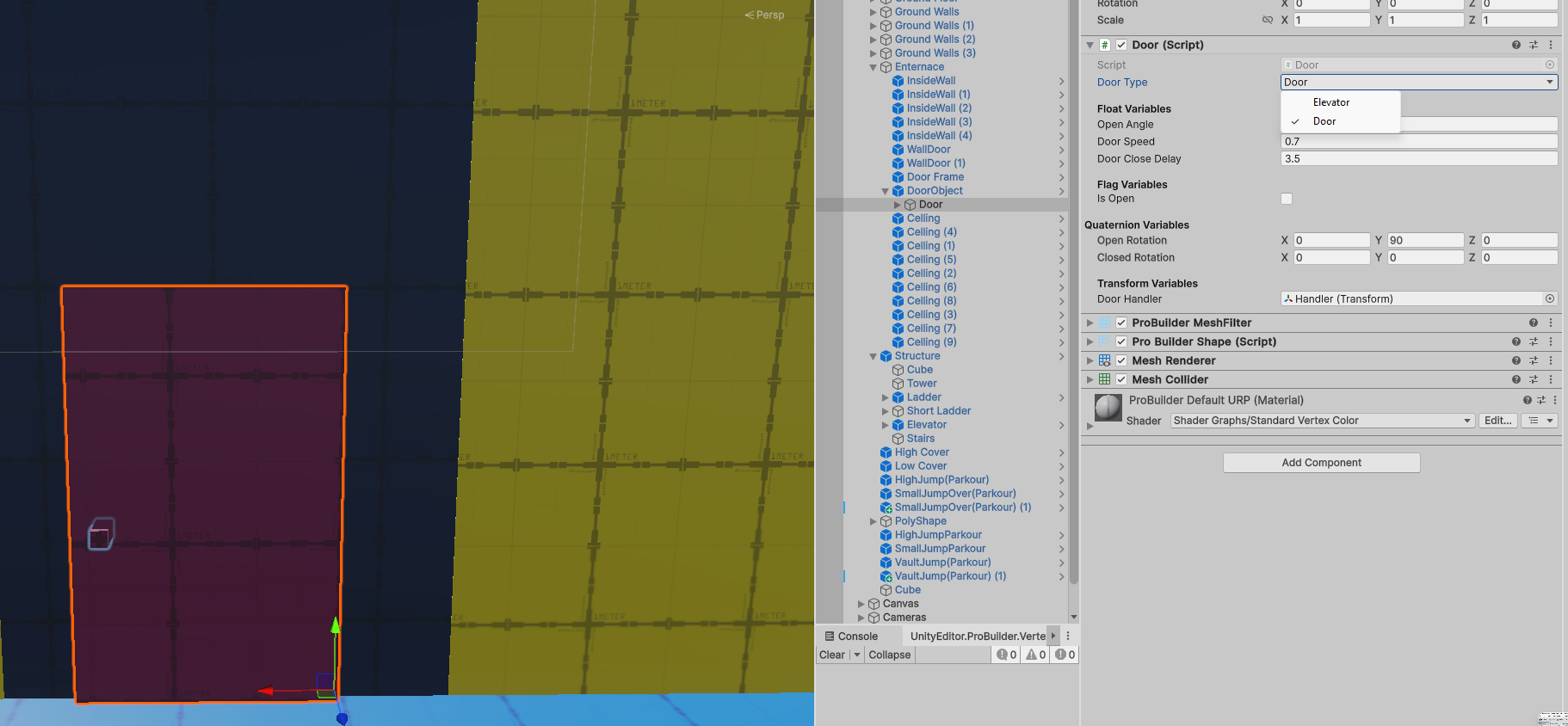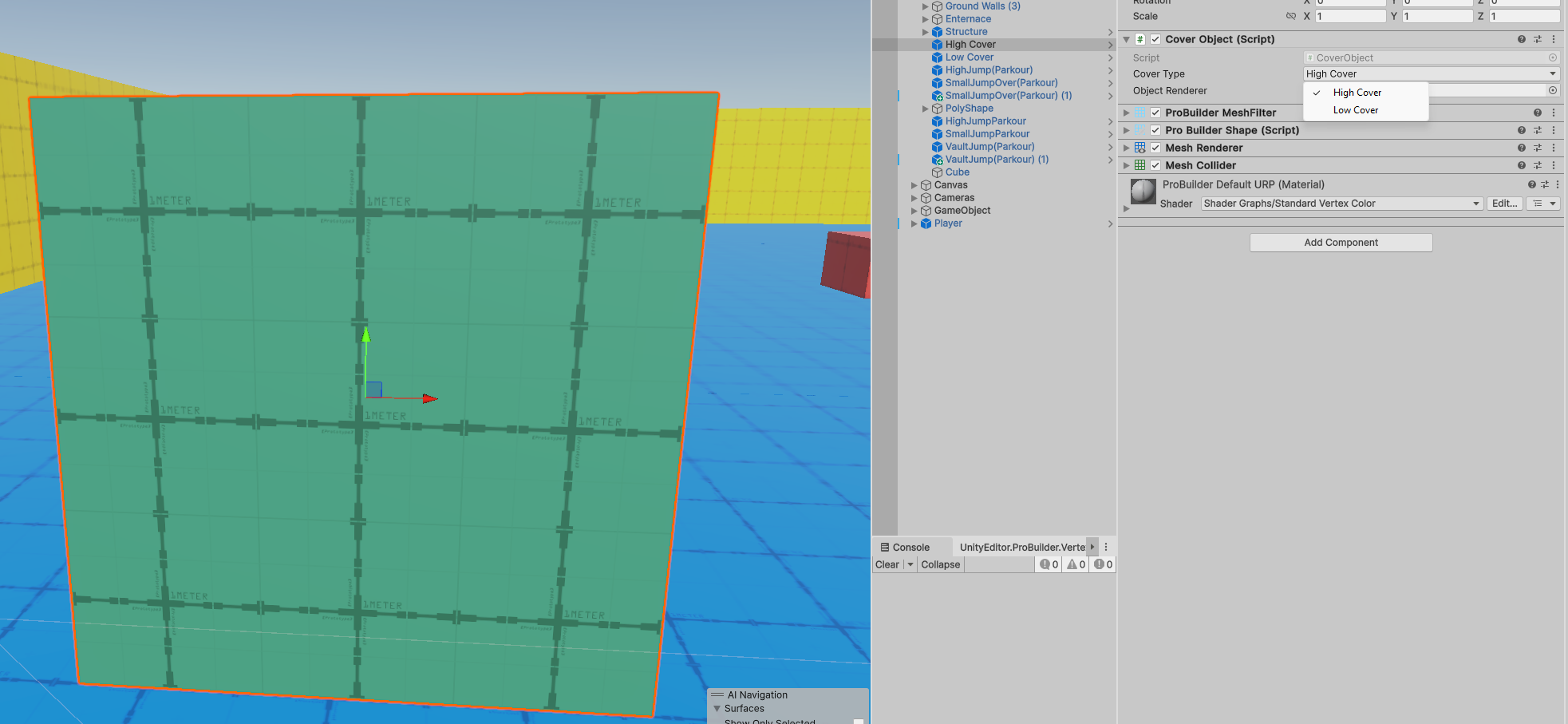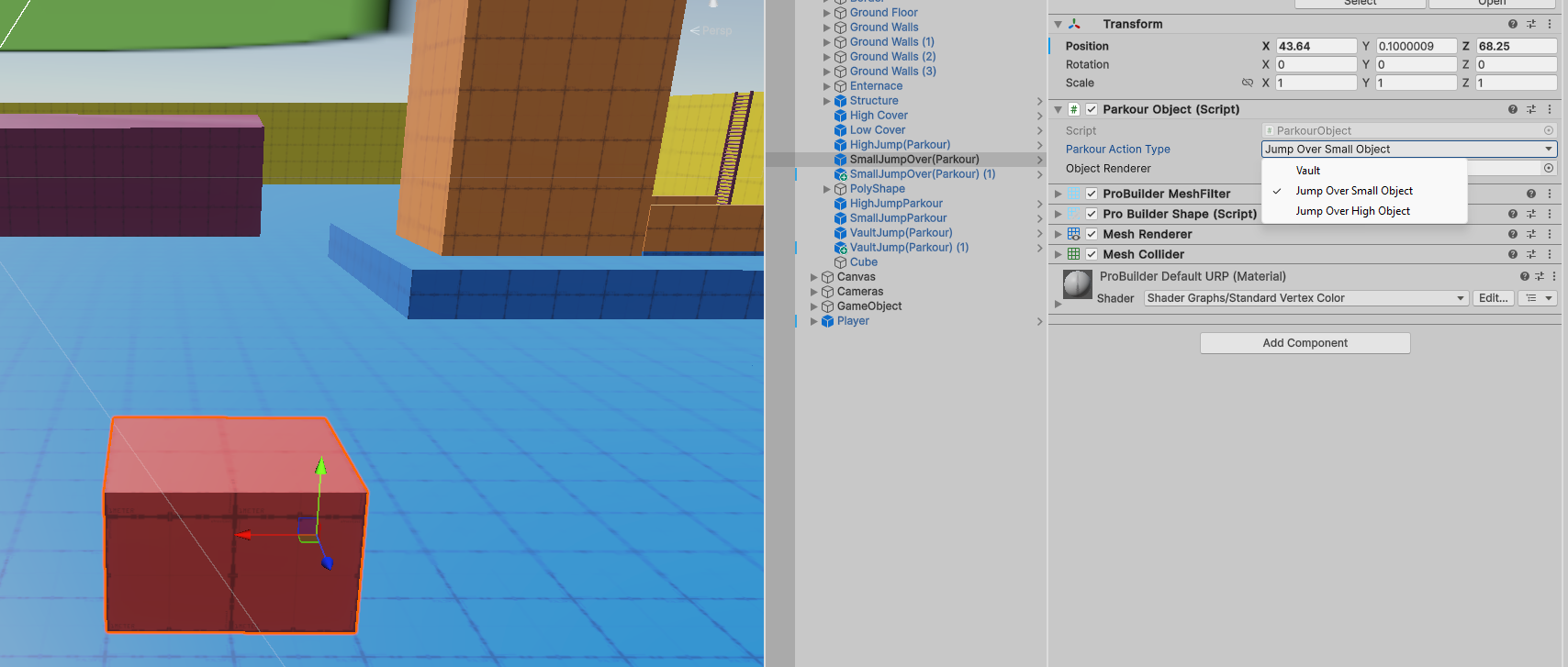🎮 Make Your Game More Interactive with Custom Interactions in Unity

Static environments are a thing of the past. In modern games, players expect to interact with doors, switches, elevators, and countless other elements—turning the game world into a living, dynamic space. True Tactical Studio’s Modular Third-Person Framework provides a powerful, flexible Interaction System to let you build exactly that—no complicated coding required.
Why Flexible Interactions Matter Interactivity isn’t just a feature—it’s what brings your game world to life.
A great interaction system lets designers and developers add new gameplay opportunities quickly, keeps code modular, and delivers more rewarding player experiences.
How the Interaction System Works1. Flexible Interaction Components
- Any object in your scene can become interactive by attaching a simple interaction script.
- Designers can set up doors, switches, levers, consoles, and more—no hardcoded logic required.
- Interactions can be one-time, repeatable, or conditional.
2. Custom Triggers & Conditions
- Define when and how an interaction is available (e.g., player proximity, item possession, puzzle state, etc.).
- Trigger different responses based on player actions or game events.
- Use scriptable objects to store and tweak conditions or responses without changing code.
3. Modify Animations & UI Feedback Easily
- Integrate custom animations for doors opening, switches flipping, or panels lighting up.
- Trigger UI prompts (“Press E to interact”), sound effects, or on-screen feedback with each interaction.
- The system supports animation events and UnityEvents, so every interaction can be tailored for your gameplay.
What Makes This Interaction System Stand Out?
- Modularity: Add or remove interactions without rewriting core code.
- Designer-Friendly: Non-programmers can set up or modify interactions directly in the editor.
- Scalable: Supports everything from simple doors to complex, multi-step puzzles or narrative events.
Tips for Unity Developers
- Use scriptable objects to centralize interaction conditions and responses—this keeps your project maintainable.
- Always provide player feedback (UI, sound, or animation) for every interaction.
- Test for edge cases: what happens if the player interacts too fast, or while performing another action?
How Do You Handle Interactivity? What’s the most complex or creative interaction system you’ve built?
How do you make sure your world feels alive?
Share your strategies or questions below—or ask how to extend this system!
Try the Modular Third-Person Framework Want to make every object in your world interactive, without endless scripting?
Check out the asset on the Unity Asset Store! Versatile Third-Person Controller System | Systems | Unity Asset Store





